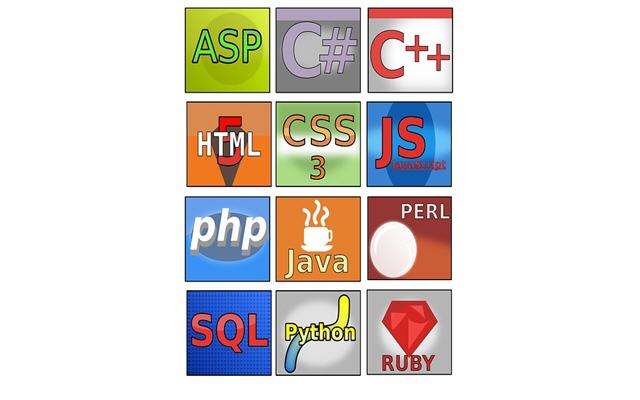A List of CSS Frameworks: Bootstrap and Bootstrap Alternatives
CSS Frameworks undoubtedly help in providing a quick and pleasantly aesthetic look to your product and can give considerable help in providing the base HTML, CSS and JS required. For a developer like me, CSS Frameworks contribute many of the modern standards and techniques which I may lack as a non-designer. Creating a good responsive design from scratch is not a trivial exercise so a good CSS Framework can give you a great base to start from.

List of CSS Frameworks
CSS Frameworks undoubtedly help in providing a quick and pleasantly aesthetic look to your product and can give considerable help in providing the base HTML, CSS and JS required. For a developer like me, CSS Frameworks contribute many of the modern standards and techniques which I may lack as a non-designer. Creating a good responsive design from scratch is not a trivial exercise so a good CSS Framework can give you a great base to start from.
I don’t know about official figures, but I’m fairly confident that Twitter’s Bootstrap is the most popular framework in use today. When starting a new website I hear my designer friends saying they will ‘I’ll just Bootstrap the site up to start with..’, so they must think it’s a good thing.
Bootstrap is great, but is there anything any better? When I started searching I found that there are literally hundreds of CSS frameworks. Each have their supporters. And why move from Bootstrap? Some prefer rich and extensive frameworks, while others like lightweight, minimalist ones. Sometimes we just want a change and use something different. Unless you try some alternatives you’ll never know if they are more suited to you.
Whatever you choose, I recommend that it should have some level of popularity. Popularity does offer not only some degree of acceptance in use but it means there is more support, documentation, examples, themes, more extensions, faster adoption of new technologies and ideas, etc. Web and application design is actually quite dynamic, especially in the mobile arena.
Here’s my list, but I’ll be interested in hearing about your ideas and favourites too. Of course they all claim to be this and do that, so my advice is to find one that is both technically and visually acceptable to your requirements and then have a play with it for a while before committing yourself.
Bootstrap
This needs to go in first as it’s still the one to beat. GetBoostrap.com
Foundation
According to its website ‘most advanced responsive front-end framework in the world’. It’s good and it looks like Bootstrap’s strongest rival. They also provide templates for apps and emails. foundation.zurb.com/sites.html
Materialize
A modern and comprehensive responsive front-end framework based on Google’s Material Design. Some good stuff in here. materializecss.com
GroundworkCSS 2
An impressive framework with nice animations. groundworkcss.github.io/groundwork/?url=docs/home
uikit
UIkit gives you a comprehensive collection of HTML, CSS, and JS components which is simple to use, modular, easy to customize and extendable. getuikit.coml
Material Design Lite
Material Design Lite lets you add a Material Design look and feel to your websites. It doesn’t rely on any JavaScript frameworks and aims to optimize for cross-device use, gracefully degrade in older browsers, and offer an experience that is immediately accessible getmdl.io
Semantic UI
Semantic is a development framework that helps create beautiful, responsive layouts using human-friendly HTML. There’s plenty of nice things in here. Even has a section on Bootstrap migration. semantic-ui.com
PureCSS
A set of small, responsive CSS modules. The entire set of modules are only 4K when minified and gzipped, making this a good contender for mobile apps. purecss.io
Skeleton
Skeleton only styles a handful of standard HTML elements and includes a grid. If you like minimalist you should try this one. getskeleton.com

I think that ArtDesignUI https://www.artdesign-ui.com/ should also be between those because its one of the best alternatives
I agree, they provide pretty cool things and their technical support is also great.